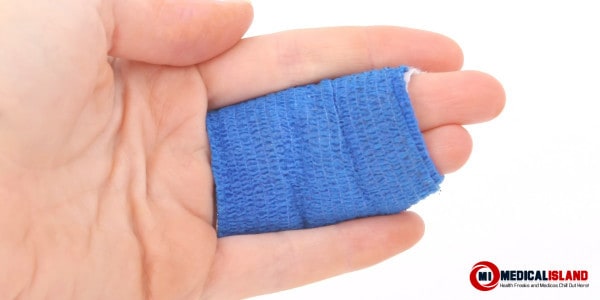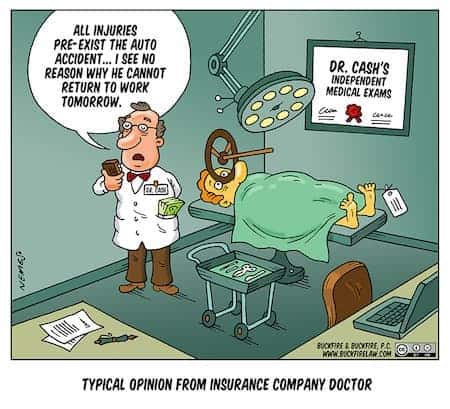Many types of injuries can affect a person’s body depending on what you are doing, whether the cause occurs during a sporting activity, such as basketball, weightlifting, or simply jogging at a local park.

Some of these common injuries include:
- Slipping a disc in your back
- Tearing a ligament in your knee
- Falling off the stairs
Although at the time it may seem like the world is over, fortunately there is always hope to restore that once-affected body part that we individuals require for our everyday routine!
One of the most common treatments after experiencing an injury is to rest. Keeping the affected joint at rest can help reduce any further risks, including inflammation, redness, torn ligaments, and complete ruptures. Furthermore, a usual acute injury may take approximately up to 3 days (depending on how often your injury has been treated) before heading back to your regular activities. It is also recommended to perform light activities after you have been fully recovered during your treatment. If rest isn’t enough to heal your injury, there is also a typical self-treatment method known as the ‘RICE method’, as described below:
- Rest – As soon as you experience a mild or moderate injury, you should stop performing the activity that has brought on the pain and rest as much as possible, at least 48 hours. However, it is not a good idea to rest for too long; whilst resuming activities too soon can aggravate strains or sprains, too much rest can also present issues such as stiffness or lack of proper circulation.
- Ice – For reducing pain and swelling, ice almost always helps, especially within 24 hours after the injury. Apply an ice pack for at least 10 minutes, then repeat this as often as possible for the first 24-48 hours after your injury.
- Compression – This is referred to as wrapping the injured area to prevent swelling. You can use an elastic medical bandage, but make sure the wrapping isn’t too tight; over-tightening can interrupt blood flow.
- Elevation – Raising the sore body part above the level of your heart can help reduce pain and throbbing. For instance, you can put a sprained ankle on a pillow at a level above your heart for a safe elevation. Elevation can also reduce bruising by making it more difficult for blood to reach the injury.
Injuries that are more severe may require a physical examination, provided by a doctor to diagnose any condition that has been involved with the injury. Injuries can sometimes be a gateway to complications such as arthritis, plantar fasciitis, and stress fractures.
Most injuries may heal with time, rest, pain management, over-the-counter medications, and physiotherapy. However, if you ever suffer a torn muscle, tendon, or ligament, or have reoccurring problems with a stretched or partially torn tissue, then it is likely going to require surgical treatment.
The financial cost of a surgical procedure can vary widely depending on the specific operation. However, in addition to bills for the procedure itself, accident victims may incur losses including lost income from missing work during the long recovery period and/or physical and mental pain and suffering.
After surgery is done, bracing and casting are usually used to help reduce any further recurrences such as inflammation or re-ruptures. Casting is the most common type of fracture treatment because most broken bones can heal successfully once they have been repositioned and a cast has been applied to keep the broken ends in proper position whilst they heal. The brace allows limited or “controlled” movement of nearby joints. This treatment is desirable for some but not all fractures.
Overall, experiencing an injury can lead to a difficult time in life. Thankfully however, there are a variety of ways to manage the pain and figure out a way to recover from what has been damaged. From mild to severe, with the help of medications and treatment, you will generally have a chance of returning to most types of activity on a regular basis.
